Dick Sanders
TPF Noob!
- Joined
- Sep 7, 2008
- Messages
- 222
- Reaction score
- 2
- Location
- Southern California Desert
- Website
- www.dicksanders.com
- Can others edit my Photos
- Photos NOT OK to edit
The spectacular picture shows each phase of the sun over Bristol's Clifton Suspension Bridge taken over a six month period. It plots the sun's daily course as it rises and falls over Brunel's famous structure, which spans the 702ft (214m) Avon Gorge.
Incredibly, the eerie image was captured on a basic pin-hole camera made from an empty drinks can with a 0.25mm aperture and a single sheet of photographic paper.
Photographer Justin Quinnell strapped the camera to a telephone pole overlooking the Gorge, where it was left between December 19, 2007 and June 21, 2008 - the winter and summer solstices.
Stunning photographs of landmark captured over six-month period - Telegraph
*********************************************************
Incredibly, the eerie image was captured on a basic pin-hole camera made from an empty drinks can with a 0.25mm aperture and a single sheet of photographic paper.
Photographer Justin Quinnell strapped the camera to a telephone pole overlooking the Gorge, where it was left between December 19, 2007 and June 21, 2008 - the winter and summer solstices.
Stunning photographs of landmark captured over six-month period - Telegraph
*********************************************************



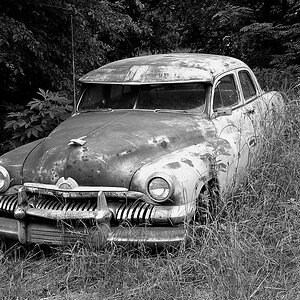
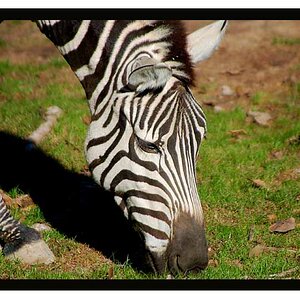

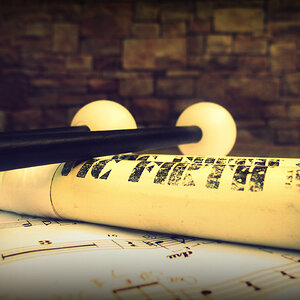
![[No title]](/data/xfmg/thumbnail/34/34061-e097813b3719866d07ff3e78e8119ffa.jpg?1619736258)
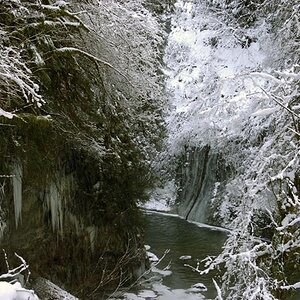
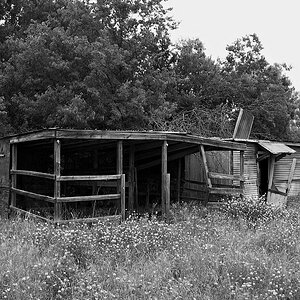
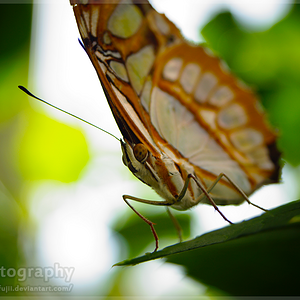
![[No title]](/data/xfmg/thumbnail/34/34063-09779b4ba56a0acb2b0fa36cf8720dfb.jpg?1619736260)
![[No title]](/data/xfmg/thumbnail/39/39290-dfb3e819bd94a7f30797638ae1ae27cf.jpg?1619738958)
